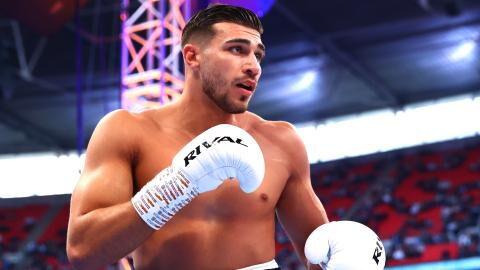Molly-Mae Hague has sparked a backlash after she labelled a £1,950 coat ‘chav chic’ on her Instagram story. After being sent the puffer jacket – a collaboration between Gucci and The North Face – Molly-Mae took a selfie wearing it in her bathroom, captioning it ‘Chav chic and I’m here for it’.
Discover our latest podcast
Several of her followers were quick to point out that middle-class Molly-Mae's use of the classist term ‘chav’ was tone-deaf and offensive. One tweeted:
In 2021 I really need these middle class fashion/influencer lot to erase “chav chic” and its many variations from their vocab.
‘Influencers need to be careful with terms they use’
In a tweet that has received almost 15,000 likes, one person said:
molly mae calling her gucci tnf jacket "chav chic" really does back my dissertation[. S]aying stuff like that with the potential of 'influencing' her 5 mill followers to use classist terms like that really does not sit well with me.
After receiving a storm of backlash from Molly-Mae’s fans, the tweeter later clarified that whilst they were not hating on Molly-Mae as a person, they wanted to open ‘a discussion on how influencers need to be careful with terms they use’, especially when they have a large fanbase of young people.
Why is the term ‘chav’ offensive?
Although it is believed to have originated from the Romani word ‘chavi’, which means ‘child’, many people have more recently interpreted it as an acronym for ‘council house and violent’. It has been used to mock and criticise working class young people and has been compared to racial and homophobic slurs.
The term was criticised by journalist Owen Jones in his 2011 book Chavs: the Demonization of the Working Class, who wrote:
As inequality has widened it's a way of people saying that the people at the bottom deserve to be there.
Tom Hampson describes the word as ‘sneering and patronising’ and argues that it:
clearly links poverty and being working class to criminality and fecklessness.















